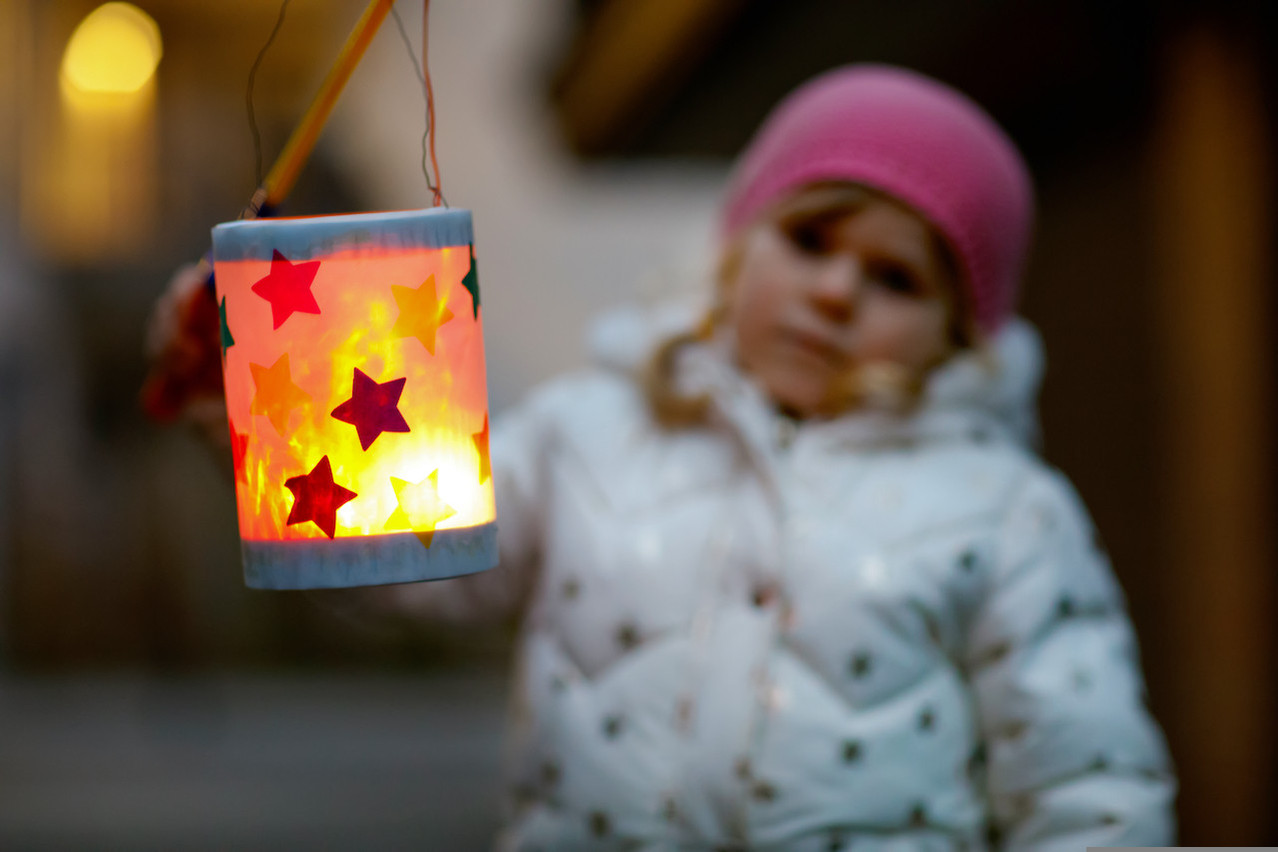If you see children with lanterns on the side of the road, singing “Léiwer Härrgottsblieschen…” it can only mean one thing: It is Liichtmëssdag! The kids’ mission is to bring you light in exchange for some sweets!
Liichtmëssdag takes place each year on February 2. Just like some other public holidays in Luxembourg, Liichtmëssdag is a mixture of heathen tradition and religious custom. It goes back to the Celtic festivity “Imbolc”, also called “Saint Brighid’s Day”, celebrating purification and fertility. Processions of farmers walked through the fields with torches, praying to goddess Brigid asking her to purify the grounds, so the fields were ready to be sowed after the long winter.
When I was a child, Liichtmëssdag marked an important day in my life as it meant that I would get sweets; even though we asked for bacon and peas, if you take the song text “gitt ons Speck an Ierbesse” literally.
Every February 2, I would meet my friends and siblings after school, equipped with our self-made lanterns and empty bags which we were hoping to fill by the end of the day. We trotted from house to house in our neighbourhood with great expectations, performing our vocal act; and getting upset when a door remained closed.
The owner of a candy bar from the Schueberfouer lived up the road from us and he was by far our favourite sweets provider and our first stop. Other neighbours were far from top of our list, especially those who had given us oranges and apples the year before.
The local farmer and his sister always gave us waffles that smelt of cow dung! This niffy item went into an easily detectable corner of our bag and was binned once we had moved out of sight. Although the quality of their product was below standard, we continued to go there year after year as we were intrigued and curious to discover what they were hiding behind the dark door. We believed that the dark house was inhabited by a witch, just like the one from Hansel and Gretel.
We always made sure that the older ones in our group got to the door first, with us hiding behind their backs. One year the very old woman asked us to step inside the house and we witnessed the birth of kittens on the kitchen table… next to our waffles… just imagine! This incident confirmed our suspicion and we steered clear of the farm for a while after that.
Nowadays each year on February 2 I sit at home with a basket full of goodies waiting for children to bring me light; and most years I end up eating the sweets all by myself.
In this day and age Liichtmëssdag is obviously no longer the highlight of the year for a child and some have preferred to adopt the “trick or treat” custom on Halloween.
One word of advice for drivers: please drive carefully on Liichtmëssdag as there will be children on the streets. And parents, don’t forget to make pancakes for them when they come home, because this, too, is a tradition on the second day of the second month of the year.
This article was first published in January 2014. Native Luxembourger Carole Miltgen is owner and CEO of , a project and document management firm in the funds sector.
